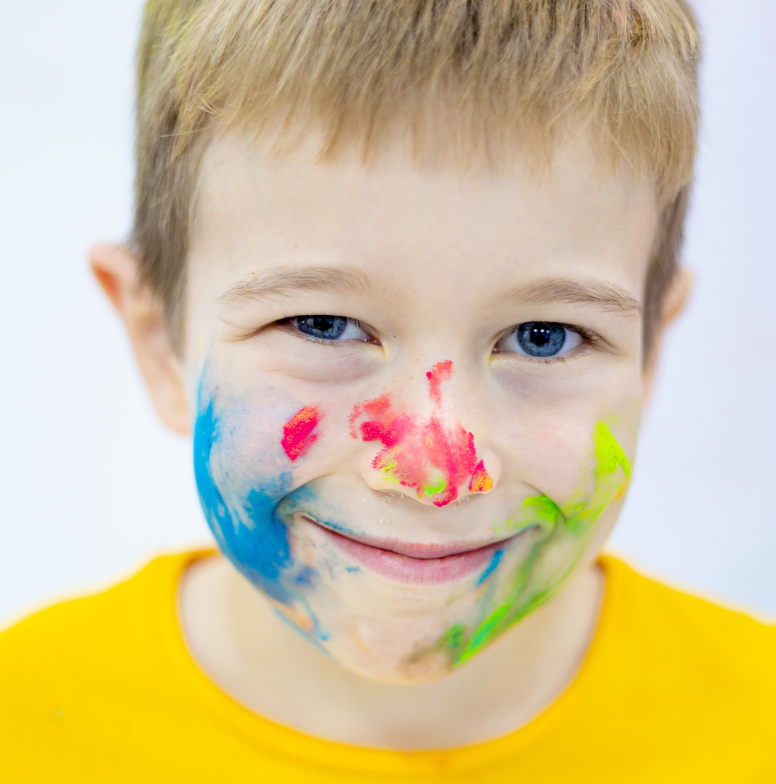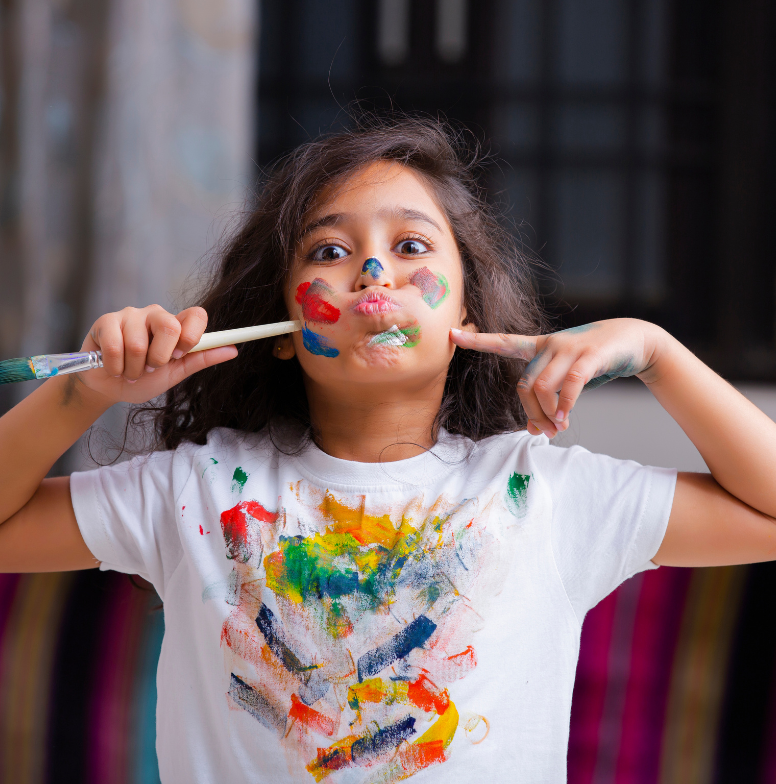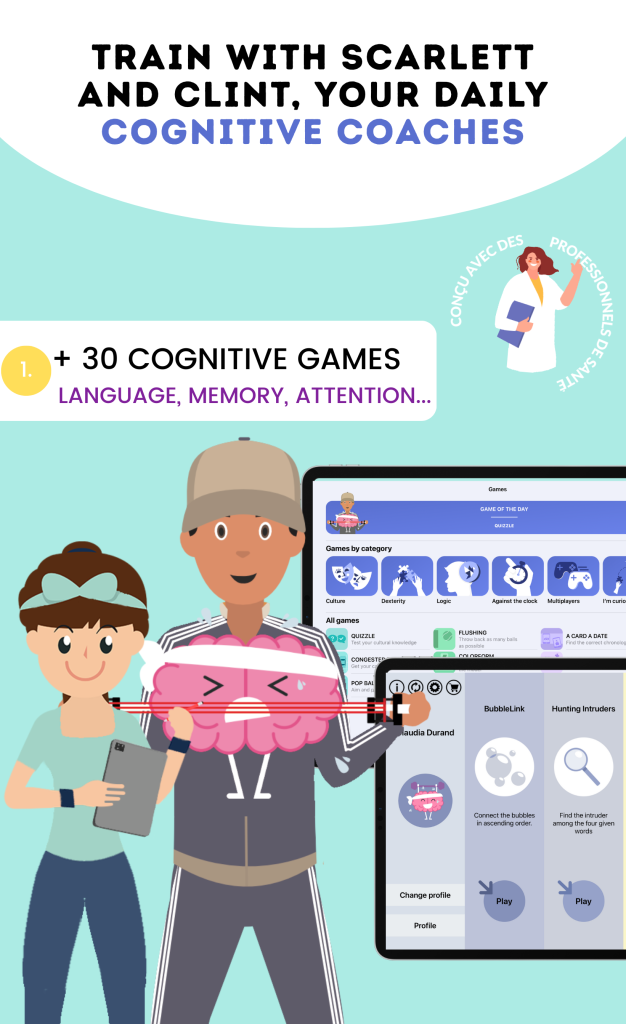Childhood is a crucial period of development, where children’s natural curiosity can be channeled through educational and fun activities. For children aged 3 to 5, learning often occurs in a playful manner, fostering cognitive, social, and motor development. In this article, we will explore 20 activities specially designed to captivate the attention of toddlers while stimulating their creative and intellectual abilities.
Colors, Shapes, and Creativity
1. Creative Coloring:
Provide children with drawing sheets and a variety of colored pencils to encourage artistic expression. Coloring stimulates hand-eye coordination while developing their artistic sense.
2. Treasure Hunt:
Organize a treasure hunt suitable for their level. Use simple clues and rewards to enhance problem-solving and searching skills.
3. Building Games:
Use building blocks or LEGO to promote hand-eye coordination and creativity. Encourage them to create different shapes and structures.
4. Interactive Reading:
Choose books with vibrant images and encourage active participation from children by asking questions about the story. Reading stimulates language and imagination.
5. Memory Game:
Create memory cards with simple images. Playing memory games strengthens their ability to focus and memorize important information. You can discover the educational app COCO THINKS and COCO MOVES for preschoolers, which allows children to work on their memory and other cognitive functions. Developing children’s brain skills from a young age is very important! Here are the educational games suitable for preschoolers.

Creative Exploration and Active Learning
6. Art with Shapes:
Encourage creativity by using geometric shapes. Children can create unique artworks by combining circles, squares, and triangles, thus developing their understanding of shapes.
7. Simple Board Games:
Introduce age-appropriate games to develop social skills. Games like “Snakes and Ladders” enhance decision-making and patience.
8. Miniature Gardening:
Plant seeds in small pots and observe the magic of growth. This educational activity teaches responsibility while awakening curiosity about the natural world.

9. Large Piece Puzzle:
Choose puzzles with large pieces to improve hand-eye coordination and problem-solving. Simple puzzles are ideal for strengthening fine motor skills.
10. Free Dance:
Play music and encourage creative dancing. This activity not only promotes physical coordination but also allows children to express themselves freely.
11. Color and Shape Game:
Learn colors and shapes in a playful way. Match everyday objects to specific colors and encourage children to sort them.
12. Simple Cooking:
Involve them in preparing easy and safe snacks. This activity develops basic cooking skills while introducing simple mathematical concepts.

13. Imitation:
Encourage imitation of animals and movements. This activity develops coordination and reinforces understanding of simple actions.
14. Imitation Game:
Create a role-play corner with costumes and props. Children can explore different identities while improving their social skills.
15. Star Observation:
Explore the night sky and identify simple stars. This educational activity stimulates scientific curiosity and broadens understanding of the world.
Sensory Discoveries and Playful Learning
16. Sorting Game:
Develop classification skills by introducing sorting games. Use everyday objects and encourage children to sort them by color, shape, or size.

17. Soap Bubbles:
Dive into the magical world of soap bubbles. Children can develop their coordination by trying to make bubbles while discovering the science behind it.
18. Song and Music:
Learn simple songs and use percussion instruments. Music stimulates language development and fosters an early appreciation of melody.
19. Shadow Game:
Create shadow shapes with a lamp to stimulate imagination. Children can explore the concept of shadows and invent visual stories.
20. Collage Workshop:
Use magazines and images to create artistic collages. This encourages creativity while developing hand-eye coordination through cutting and pasting.

By combining these varied activities, you can provide children with a holistic learning experience that stimulates their intellectual, social, and physical development. These educational and fun activities lay a solid foundation for their future while nurturing their innate curiosity in a playful and engaging way. Make every moment a learning opportunity, and watch them grow with enthusiasm and confidence.
Mindfulness Activities to Promote Attention and Calmness
Between the ages of 3 and 5, children experience their emotions intensely. To help them better manage their sensations, develop their attention and ability to concentrate, mindfulness activities are simple and effective tools. Integrated into daily life, they promote a calm environment conducive to learning.
Examples of Easy Activities to Implement
-
Star Breathing
The child traces a star with their finger, inhaling on one point and exhaling on the next. This controlled breathing exercise helps regain calmness. -
The Glitter Jar
A simple jar filled with water, clear glue, and glitter becomes a visual tool: when shaken, the glitter swirls like emotions, then settles gently. This illustrates the return to calm. -
Sensory Walk
During a walk, the child is invited to identify five things they see, four they hear, three they touch, two they smell, and one they taste. This exercise develops concentration and observation. -
Playful Yoga Poses
Through simple body role-playing games (like imitating a cat or a frog), the child learns to coordinate their movements, breathe, and release tension. -
Emotion Weather
At the beginning or end of the day, ask the child to describe their emotional state using simple symbols (sun, cloud, rain, storm). This allows them to put words to their feelings.
Educational Benefits
-
Promotes emotional regulation
-
Improves concentration and attention
-
Helps create a more serene environment at home or in class
-
Gently prepares for entry into preschool
The Importance of Play in Child Development
Play is a fundamental element in children’s development, especially between the ages of 3 and 5. Through play, children explore their environment, learn to interact with others, and develop essential skills. Here are some reasons why play is so crucial:
- Social Development: Group play fosters social interaction, empathy, and sharing.
- Cognitive Learning: Role-playing and board games enhance critical thinking and decision-making skills.
- Fine Motor Skills: Hands-on activities like drawing or building help develop coordination and dexterity.
- Emotional Expression: Play allows children to express their emotions and better understand those of others.
Art Activities to Stimulate Creativity
Art activities are essential for encouraging children’s imagination and creativity. Here are some ideas for art activities that can be easily set up at home or school:
- Finger Painting: Provide children with non-toxic paints and encourage them to create artworks using their fingers.
- Puppet Making: Use socks or paper bags to create puppets. Children can decorate them and invent stories.
- Recycled Material Collage: Encourage children to gather recycled materials to create unique collages, stimulating their observation skills and creativity.
- Sculpture Workshop: Use modeling clay or play dough to allow children to create sculptures, thus developing their fine motor skills and imagination.
Outdoor Activities for Physical Development
Outdoor activities are essential for children’s physical and mental well-being. They allow children to expend energy while promoting health and development. Here are some suggestions for activities to do outside:
- Ball Games: Games with a ball, such as soccer or basketball, help develop coordination and teamwork.
- Insect Hunts: Encourage children to explore nature by searching for insects and learning about their habitats.
- Light Hiking: Organize walks in nature to discover wildlife and plants while developing endurance.
- Gardening Workshops: Involve children in gardening, teaching them patience and responsibility while connecting them to nature.
Integrating Technology into Learning
In an increasingly digital world, it is important to integrate technology in a balanced way into young children’s learning. Here are some ways to use technology as an educational tool:
- Educational Apps: Use age-appropriate apps that promote learning in math, languages, and sciences.
- Virtual Visits: Offer virtual tours of museums or nature parks to broaden their horizons without leaving home.
- Content Creation: Encourage children to create short videos or presentations on topics they are passionate about, thus stimulating their creativity and self-confidence.
- Interactive Games: Choose educational video games that promote collaboration and the development of cognitive skills.





